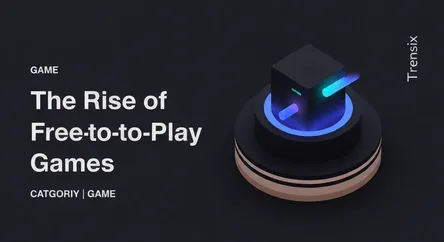Game
The Rise of Free-to-Play Games

Explore the free-to-play (F2P) model, where games are free to download but funded by optional in-game purchases. Learn why this model dominates.
What is it?
Free-to-play (F2P) is a business model where a video game is offered to players at no initial cost. Instead of an upfront purchase price, developers generate revenue through optional in-game purchases known as microtransactions. These can range from cosmetic items like character skins and emotes to gameplay advantages such as power-ups, extra lives, or faster progression. Popular examples that have mastered this model include epic titles like Fortnite, League of Legends, and Genshin Impact, attracting millions of players worldwide.
Why is it trending?
The F2P model's popularity stems from its incredibly low barrier to entry. Anyone can download and try a game, leading to massive player bases almost overnight. This accessibility, particularly on mobile platforms and PC, has made it the dominant model in the industry. It thrives on the "live service" approach, where continuous updates and new content keep players engaged for years. Developers can monetize a small fraction of high-spending players, often called "whales," which effectively funds the game for the entire community.
How does it affect people?
For players, F2P offers immense value and access to countless hours of entertainment for free. However, it can also lead to predatory monetization tactics and frustrating "pay-to-win" mechanics, where spending money provides a significant competitive advantage. This can create an uneven playing field and raise concerns about encouraging gambling-like behaviors. For developers, it presents a highly competitive but potentially lucrative market that requires a delicate balance between encouraging spending and maintaining a fair, enjoyable experience for the non-paying majority.